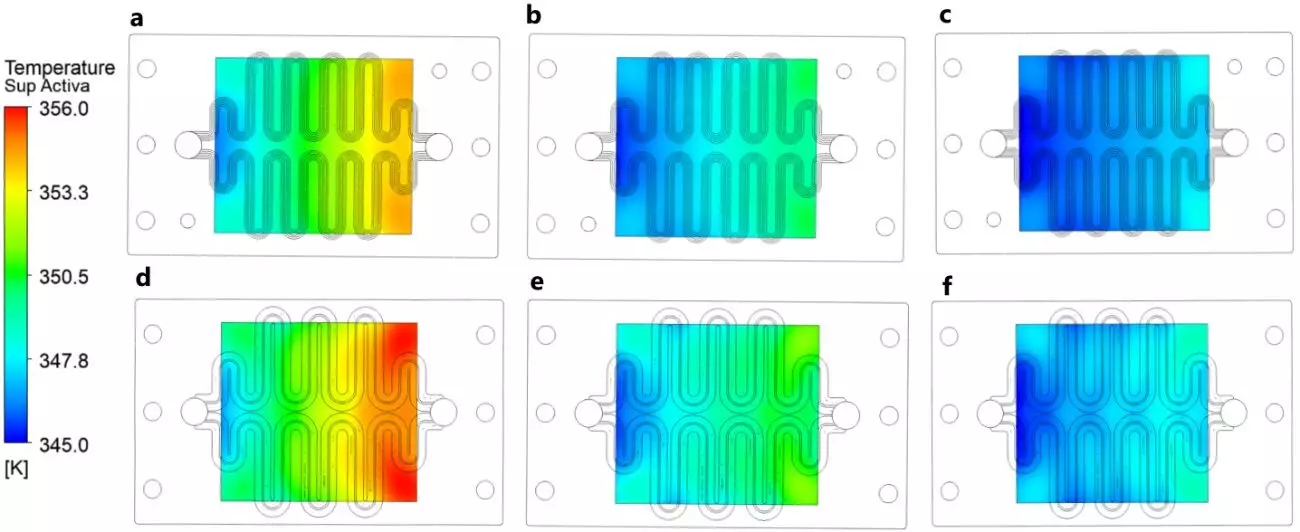In the realm of energy engineering, maintaining optimal operating temperatures is paramount for the efficiency and longevity of polymer electrolyte membrane (PEM) fuel cells. Recent research conducted by a collaborative team from the University of Seville’s Department of Energy Engineering, alongside partners from AICIA and Harbin Institute of Technology in China, has shed light on the crucial aspect of cooling these systems. Their work aims to unpack the complexities of temperature management within PEM fuel cell stacks and provides key insights into how temperature gradients affect fuel cell performance.
Utilizing numerical analysis, the team focused on the dynamics of heat transfer in serpentine-type cooling channels within PEM fuel cells. By experimenting with different operating conditions, they aimed to better understand the Nusselt number—a dimensionless figure crucial for describing heat transfer efficiency. Through thorough computational fluid dynamics (CFD) simulations, the researchers explored variables such as coolant type and mass flow rate, as well as the thermal characteristics of bipolar plates. Their findings reveal that both coolant flow and the thermal conductivity of materials significantly influence the refrigeration capability of PEM fuel cells.
Temperature uniformity is not just a matter of efficiency; it is also a preventive measure against the degradation of the membrane within fuel cells. Excessive temperature disparities can induce significant risks that threaten the structural and functional integrity of these systems. Proper cooling mechanisms are therefore essential in enhancing the performance of PEM fuel cells and extending their operational lifespan. The researchers conclude that effective refrigeration strategies can mitigate the adverse effects brought on by temperature fluctuations, ultimately ensuring stable functionality under various conditions.
Innovative Correlations and Their Implications
One of the landmark outcomes of this study is the development of a novel heat transfer correlation for the Nusselt number applicable across a broad spectrum of operating conditions. This correlation is expected to revolutionize the cooling system design for PEM fuel cells by providing engineers and researchers with a reliable tool for forecasting performance degradation. Optimizing the cooling design not only addresses immediate efficiency concerns but also contributes to the long-term durability of fuel cell stacks.
Future Directions in Research
The pursuit of innovation in fuel cell technology is continuous, and these findings mark a significant step forward. As the reliance on clean energy solutions grows, the need for high-performing and durable fuel cells becomes increasingly critical. The published results in the journal Energy serve as a foundation for future research endeavors, encouraging further investigation into advanced materials and designs that could enhance cooling efficiency even more.
Effective cooling remains a central theme in the development of PEM fuel cell technology. With new insights from this research initiative, there is promising potential for the design of resilient systems that not only advance the efficiency of fuel cells but also contribute to broader goals in sustainable energy applications.


Leave a Reply